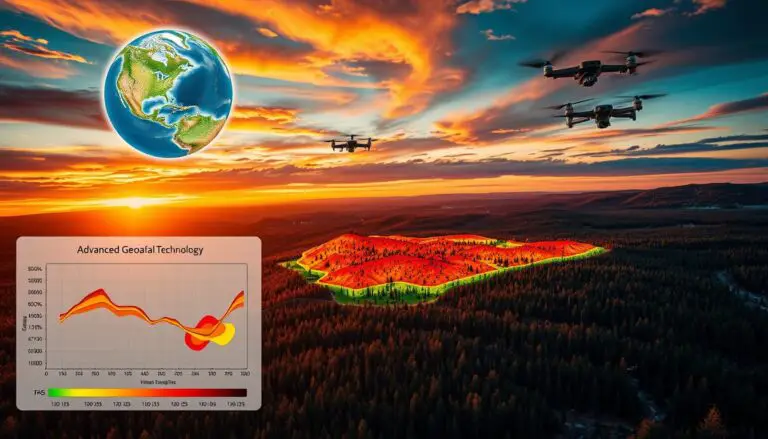Your Guide to Watauga County GIS: Maps, Data, and More
The Watauga County GIS system is a powerful tool. It gives access to lots of geographic data. This includes property maps and more, all through the Watauga County GIS. This system helps people navigate the county’s geography. It’s great for residents, businesses, and visitors. If you want to explore the county’s maps and data, this…










